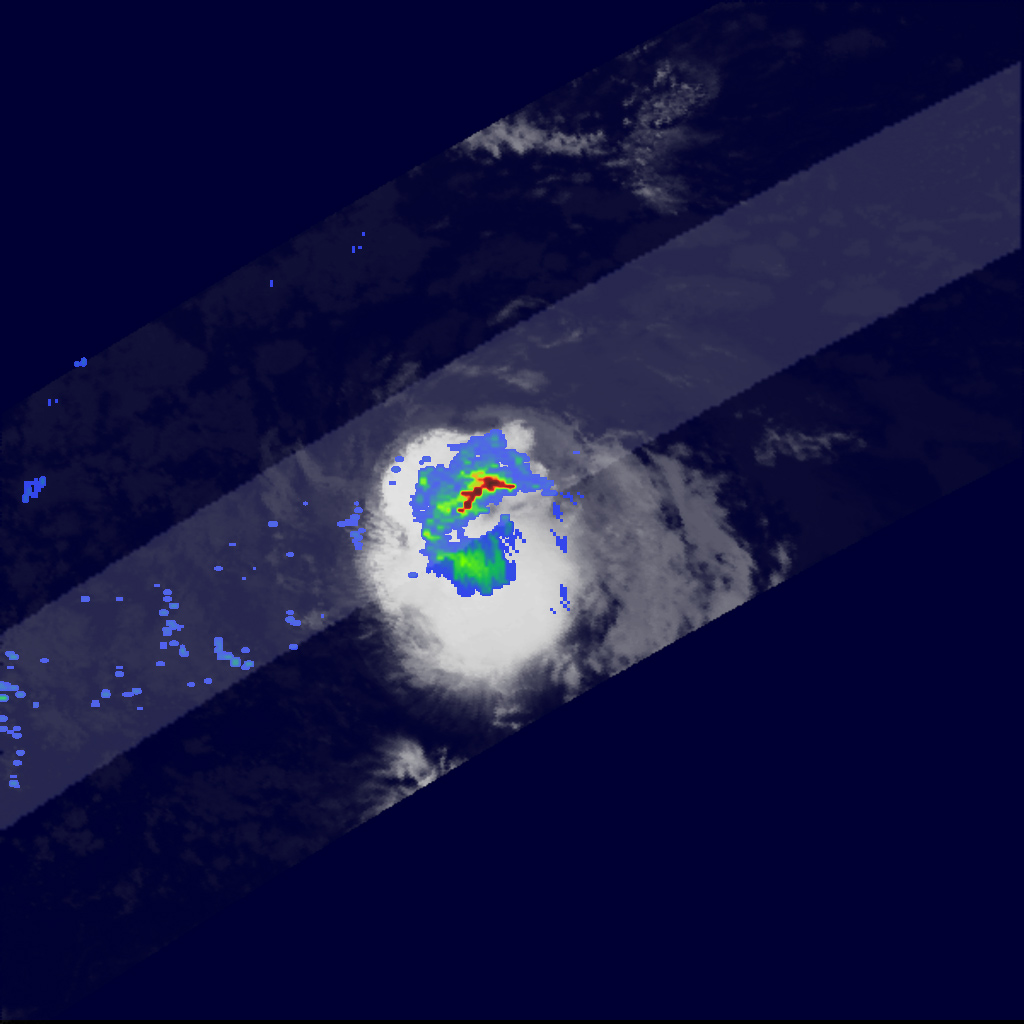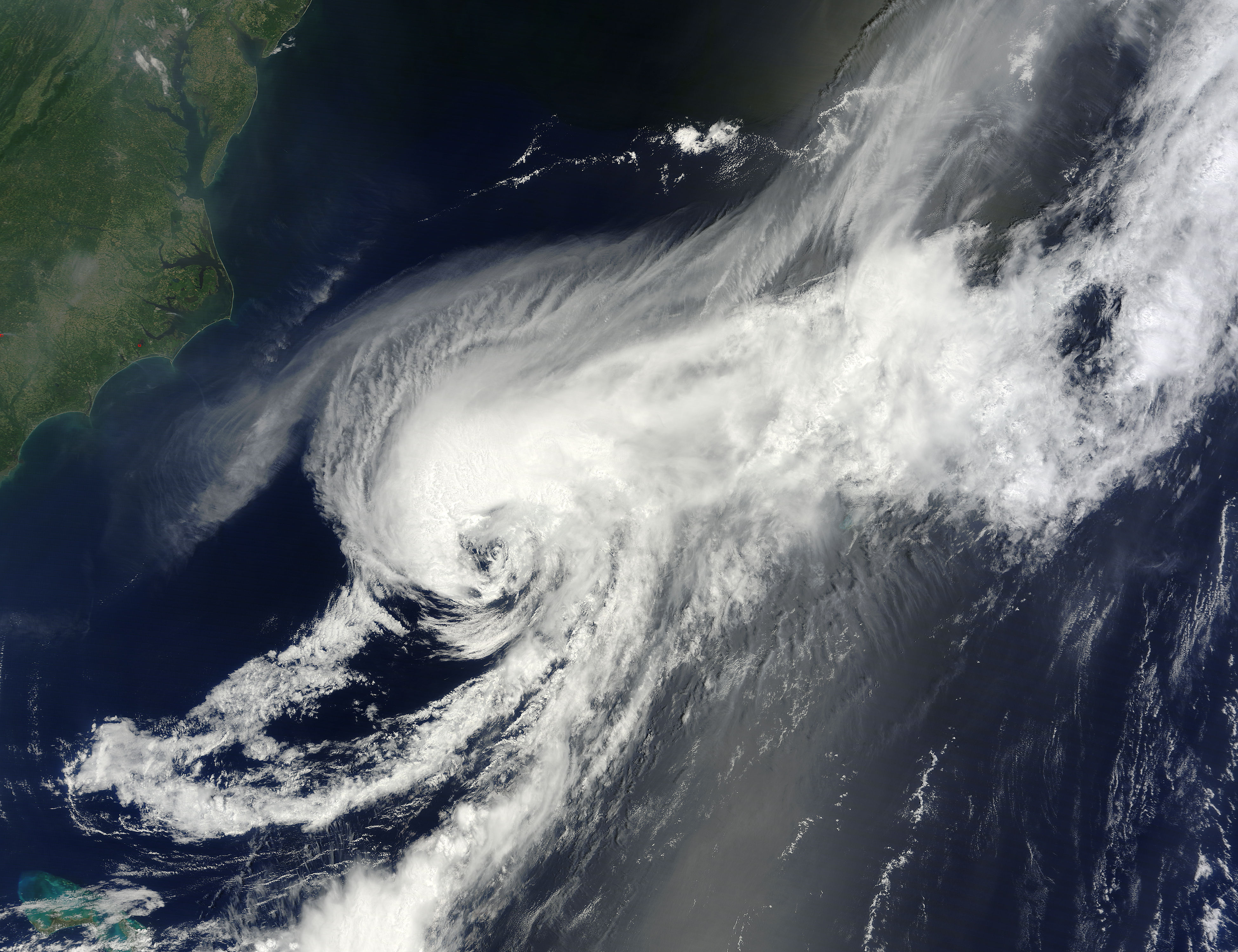Tropical Storm Debby

Tropical Storm Debby, a significant weather event in the history of the Atlantic basin, left a lasting impact on several regions in the United States. This storm, which formed in June 2012, brought heavy rainfall, flooding, and strong winds, causing widespread damage and disruption.
Formation and Path
Tropical Storm Debby formed in the central Atlantic Ocean on June 19, 2012. It moved westward, intensifying into a tropical storm on June 21. The storm made landfall in Florida on June 23, bringing heavy rainfall and strong winds. After making landfall, Debby weakened and moved across the southeastern United States, eventually dissipating over the mid-Atlantic on June 27.
Intensity and Impact, Tropical storm debby hurricane
Tropical Storm Debby’s intensity varied throughout its lifespan, but it was characterized by heavy rainfall and strong winds. At its peak, the storm had maximum sustained wind speeds of 65 miles per hour (105 kilometers per hour). Debby’s most significant impact was its heavy rainfall, which caused widespread flooding in Florida, Georgia, and Alabama. Some areas received over 20 inches (50 centimeters) of rain, leading to significant damage to homes, businesses, and infrastructure.
Areas Affected
Tropical Storm Debby’s impact was felt across several states in the southeastern United States, including Florida, Georgia, Alabama, and South Carolina. The storm caused significant damage in Florida, particularly in the central and northern regions. The heavy rainfall led to widespread flooding, causing damage to homes, businesses, and roads. The storm also caused power outages, affecting thousands of residents.
In Georgia, Debby’s heavy rainfall led to significant flooding, particularly in the coastal areas. The storm also caused damage to crops and infrastructure. Alabama also experienced heavy rainfall and flooding, with some areas receiving over 15 inches (38 centimeters) of rain. The storm caused damage to homes, businesses, and roads, as well as power outages.
South Carolina also experienced some impact from Tropical Storm Debby, with heavy rainfall and strong winds causing minor damage.
Debby’s Impact: Tropical Storm Debby Hurricane

Tropical Storm Debby, while not reaching hurricane strength, left a significant mark on the region, impacting both human lives and the environment. The storm’s heavy rainfall and strong winds caused widespread flooding, landslides, and damage to infrastructure, leading to displacement, injuries, and economic losses.
Human Impact
Debby’s impact on human lives was multifaceted. The storm’s heavy rainfall resulted in widespread flooding, forcing evacuations and displacing thousands of residents. In some areas, floodwaters reached record levels, inundating homes and businesses, leaving many without shelter and essential supplies. The storm also caused numerous landslides, which damaged homes and infrastructure, further exacerbating the situation.
The storm’s strong winds caused widespread damage to trees and power lines, resulting in power outages that affected thousands of homes and businesses. The loss of power also disrupted essential services, including water supply and communication networks, further compounding the challenges faced by residents.
Environmental Consequences
Debby’s heavy rainfall had significant environmental consequences, primarily due to widespread flooding and landslides. The storm’s deluge overwhelmed drainage systems, causing rivers and streams to overflow their banks, inundating vast areas of land. The flooding damaged crops, contaminated water sources, and disrupted ecosystems, impacting wildlife and vegetation.
The storm’s strong winds also contributed to the environmental impact, uprooting trees and causing soil erosion. The combination of heavy rainfall and strong winds led to numerous landslides, which further disrupted the environment, damaging forests and impacting wildlife habitats.
Comparison to Other Storms
Debby’s impact, while significant, was less severe than some other tropical storms and hurricanes that have affected the region in recent years. For example, Hurricane Katrina, which struck the Gulf Coast in 2005, caused far greater devastation, resulting in widespread destruction, thousands of casualties, and long-term economic repercussions. Similarly, Hurricane Sandy, which hit the East Coast in 2012, caused widespread flooding and damage, impacting millions of people.
However, Debby’s impact should not be underestimated. The storm’s heavy rainfall and strong winds caused significant damage, displacing thousands of people and disrupting lives. The storm also highlighted the vulnerability of coastal communities to extreme weather events and the need for effective disaster preparedness and mitigation measures.
Lessons Learned and Preparedness Measures

Tropical Storm Debby served as a stark reminder of the vulnerability of communities to extreme weather events. The storm’s impact highlighted the importance of robust preparedness measures and the need for continuous improvement in disaster response strategies. This section delves into key lessons learned from Tropical Storm Debby, evaluates the effectiveness of existing preparedness measures, and Artikels recommendations for individuals and communities to mitigate future storm risks.
Effectiveness of Existing Preparedness Measures
The response to Tropical Storm Debby demonstrated both strengths and weaknesses in existing disaster preparedness measures. While effective communication and early warnings helped minimize casualties, the storm exposed vulnerabilities in infrastructure, evacuation procedures, and resource allocation.
- Effective Communication and Early Warnings: The National Weather Service’s timely issuance of warnings and advisories played a crucial role in informing the public about the impending storm. Effective communication channels, including radio, television, and social media, ensured that residents received timely updates on the storm’s trajectory and potential impacts.
- Infrastructure Vulnerabilities: The storm highlighted the vulnerability of infrastructure, particularly in areas prone to flooding. Power outages, road closures, and damage to essential services hampered recovery efforts and underscored the need for infrastructure resilience.
- Evacuation Procedures: While evacuation orders were issued, some residents hesitated to evacuate due to a lack of confidence in the effectiveness of evacuation procedures or the availability of safe shelters. This highlights the need for clear and comprehensive evacuation plans, coupled with robust communication strategies to ensure public understanding and compliance.
- Resource Allocation: The storm exposed challenges in resource allocation, particularly in terms of emergency supplies and personnel. The demand for essential resources, such as food, water, and medical supplies, overwhelmed available resources, highlighting the need for pre-positioning and efficient resource management strategies.
Recommendations for Mitigation
Based on lessons learned from Tropical Storm Debby, a comprehensive approach to mitigating future storm risks is essential. This approach should encompass individual preparedness, community resilience, and continuous improvement in disaster response strategies.
Recommendations for Individuals
| Recommendation | Description |
|---|---|
| Develop a Family Emergency Plan | Create a plan that Artikels evacuation routes, communication strategies, and designated meeting points for family members. Include contact information for emergency services and a list of essential supplies. |
| Prepare an Emergency Kit | Assemble a kit containing essential supplies such as food, water, first-aid supplies, medication, flashlights, batteries, and a weather radio. |
| Stay Informed | Monitor weather forecasts and warnings from reliable sources, such as the National Weather Service. Subscribe to emergency alerts and notifications. |
| Strengthen Home Resilience | Take steps to mitigate potential storm damage, such as securing loose objects, trimming trees, and elevating valuables. Consider installing storm shutters or impact-resistant windows. |
Recommendations for Communities
| Recommendation | Description |
|---|---|
| Improve Infrastructure Resilience | Invest in infrastructure improvements that enhance resilience to extreme weather events, such as flood-resistant construction, upgraded drainage systems, and reinforced power grids. |
| Strengthen Evacuation Procedures | Develop clear and comprehensive evacuation plans, ensuring adequate shelter capacity and efficient transportation options. Implement public awareness campaigns to educate residents about evacuation procedures. |
| Enhance Resource Management | Establish pre-positioning strategies for essential resources, such as food, water, and medical supplies. Develop effective resource allocation protocols to ensure timely and equitable distribution during emergencies. |
| Promote Community Preparedness | Organize community preparedness programs that provide training and education on storm preparedness, first aid, and emergency response. Encourage community participation in disaster preparedness efforts. |
Tropical storm debby hurricane – Tropical Storm Debby, which struck Florida in 2012, serves as a stark reminder of the unpredictable nature of weather events. While the storm caused significant damage, it also prompted a surge in demand for essential supplies, such as food and water.
This phenomenon, similar to the heightened interest in limited-edition items like the McDonald’s Collectors Meals , underscores the power of scarcity and nostalgia in shaping consumer behavior. The availability of such items during a crisis can be a valuable resource, highlighting the need for preparedness in the face of unforeseen circumstances.
Tropical Storm Debby, a significant weather event in 2012, serves as a stark reminder of the unpredictable nature of the natural world. Its impact on the southeastern United States underscores the importance of preparedness and mitigation strategies, similar to the complexities faced in the realm of international relations, such as the Iranian-Israeli relationship.
This ongoing geopolitical dynamic, marked by a history of conflict and mistrust, necessitates careful diplomacy and a nuanced understanding of the historical context, much like the careful monitoring and analysis of weather patterns required for mitigating the risks associated with storms like Debby.
